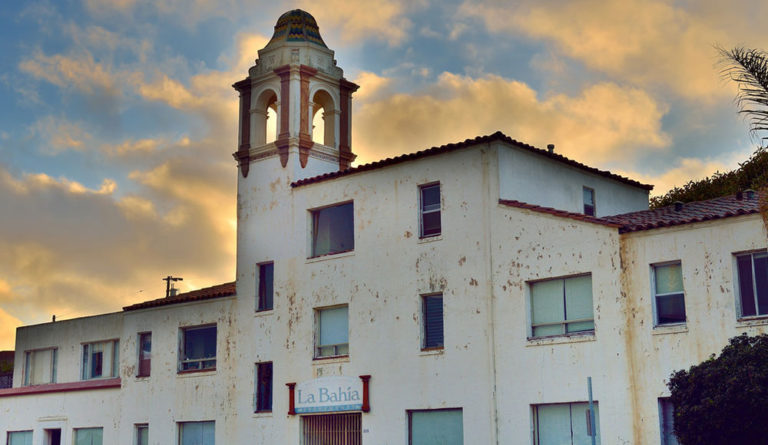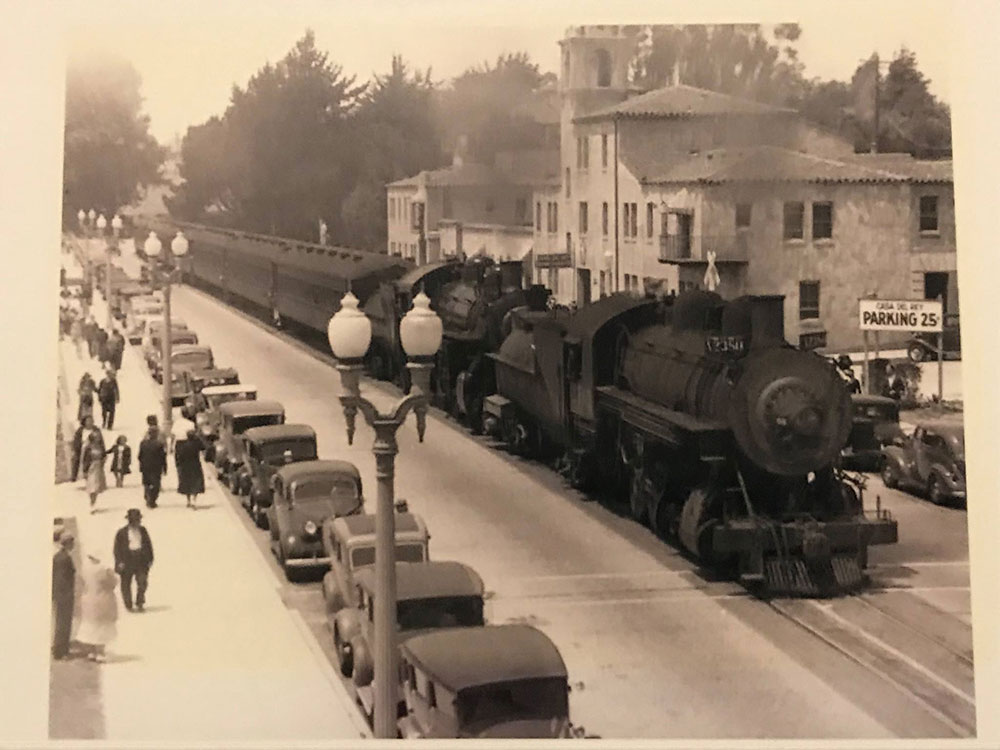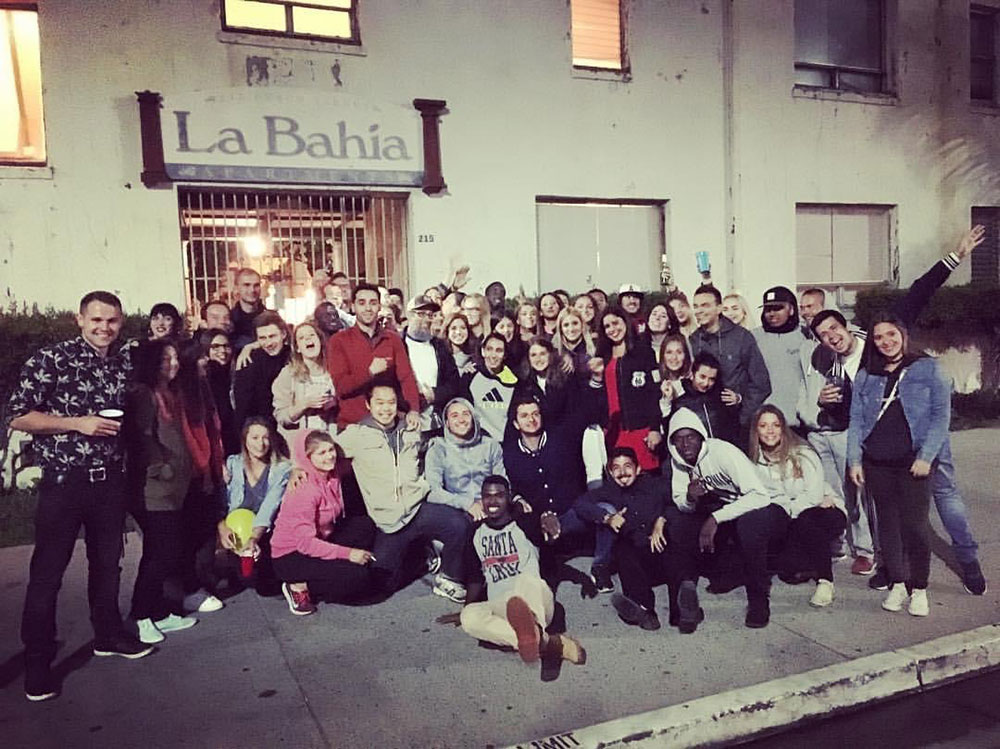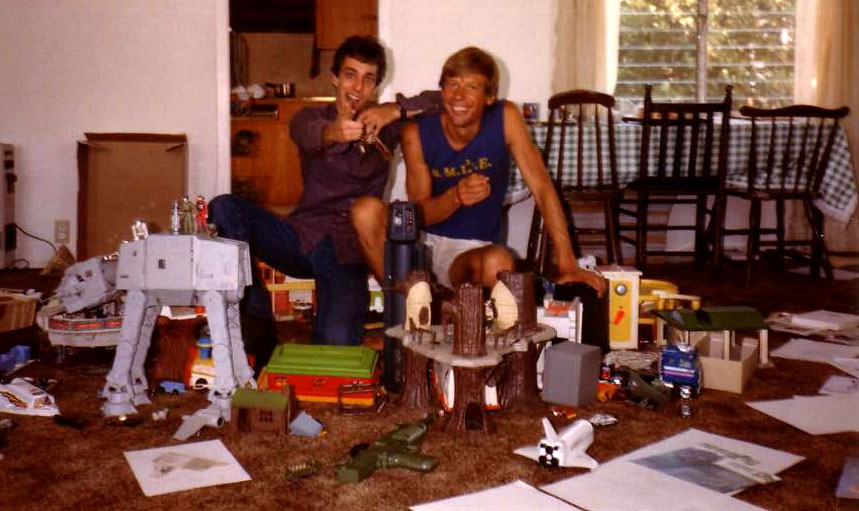ARIES March 21-April 19
In Tonglen, a Tibetan Buddhist meditation, you visualize yourself breathing in the suffering, pain or negativity of other people, then imagine breathing out relief, healing or compassion toward them. The practice can also be done on your own behalf. The goal is to transform tension and stress into courage, vitality and healing. I recommend this practice, Aries. Can you turn your scars into interesting tattoos? Can you find mysterious opportunities lurking in the dilemmas? Can you provide grace for others as you feed your own fire?
TAURUS April 20-May 20
In a YouTube video, I watched Korean artisans make hanji paper in the same way their predecessors have for 1,300 years. It was complicated and meditative. They peeled off the inner bark of mulberry trees, then soaked it, cooked it and pounded it into pulp. After mixing the mash with the aibika plant, they spread it out on screens and let it dry. I learned that this gorgeous, luminous paper can endure for a thousand years. I hope you draw inspiration from this process, Taurus. Experiment with softening what has felt unyielding. Treat what’s tough or inflexible with steady, artful effort. Be imaginative and persistent as you shape raw materials into beautiful things you can use for a long time.
GEMINI May 21-June 20
Legendary jazz musician Sun Ra was a Gemini who claimed to be from the planet Saturn. He aspired to live in a state of “cosmic discipline”—not just in his musical training but in his devotion to self-improvement, aesthetic exploration and a connection to transcendent realities. He fused outrageous style with sacred order, chaos with clarity. I invite you to draw inspiration from him. Put your personal flair in service to noble ideas. Align your exuberant self-expression with your higher purpose. Show off if it helps wake people up.
CANCER June 21-July 22
In Inuit tradition, qarrtsiluni means “waiting in the darkness for something to burst forth.” It refers to the sacred pause before creativity erupts, before the quest begins, before the light returns. This is an apt description of your current state, Cancerian. Tend your inner stillness like a fire about to ignite. Don’t rush it. Honor the hush. The energies you store up will find their proper shape in a few weeks. Trust that the silence is not absence but incubation. Luminosity will bloom from this pregnant pause.
LEO July 23-Aug. 22
You’re feeling the stirrings of a desire that’s at least half-wild. A surprising vision or opportunity has begun to roar softly within you. But here’s key advice: Don’t chase it recklessly. Practice strategic boldness. Choose where and how you shine. Your radiance is potent, but it will be most effective when offered deliberately, with conscious artistry. You’re being asked to embody the kind of leadership that inspires, not dominates. Be the sun that warms but doesn’t scorch! PS: People are observing you to learn how to shine.
VIRGO Aug. 23-Sept. 22
If humans ever perfect time-travel, I’m going to the Library of Alexandria in ancient Egypt. It was crammed with papyrus scrolls by authors from all over the world. It was also a gathering point for smart people who loved to compare notes across disciplines. Poets argued amiably with mathematicians. Astronomers discussed inspirations with physicians. Breakthroughs flowed freely because ideas were allowed to migrate, hybridize and be challenged without rancor. Consider emulating that rich mélange, Virgo. Convene unlike minds, cross-pollinate and entertain unprecedented questions. The influences you need next will arrive via unexpected connections.
LIBRA Sept. 23-Oct. 22
The ancient Mesopotamians believed each person had a personal god called an ilu who acted as a protector, guide and intercessor with the greater gods. You’re in a phase when your own ilu is extra active and ready to undergo an evolutionary transformation. So assume that you will be able to call on potent help, Libra. Be alert for how your instincts and intuitions are becoming more acute and specific. If you feel an odd nudge or a dream insists on being remembered, take it seriously. You’re being steered toward deeper nourishment.
SCORPIO Oct. 23-Nov. 21
In Venice, Italy, floods periodically damage books at libraries and bookstores. Trained volunteers restore them with meticulous, hands-on methods. They use absorbent paper and towels to separate and dry the pages, working page by page. I offer this vignette as a useful metaphor, Scorpio. Why? Because I suspect that a rich part of your story needs repair. It’s at risk of becoming irrelevant, even irretrievable. Your assignment is to nurse it back to full health and coherence. Give it your tender attention as you rehabilitate its meaning. Rediscover and revive its lessons and wisdom.
SAGITTARIUS Nov. 22-Dec. 21
In classical Indian music, a raga is not a fixed composition but a flexible framework. It’s defined by a specific scale, characteristic melodic phrases, and a traditional time of day for performance. Musicians improvise and express emotion within that expansive set of constraints. Unlike Western compositions, which are written out and repeated verbatim, a raga has different notes each time it’s played. I think this beautiful art form can be inspirational for you, Sagittarius. Choose the right time and tone for what you’re creating. Dedicate yourself to a high-minded intention and then play around with flair and delight. Define three non-negotiable elements and let everything else breathe.
CAPRICORN Dec. 22-Jan. 19
In medieval European monasteries, scribes left blank pages in certain texts. This was not done by accident, but to allow for future revelations. Later readers and scribes might fill these spaces with additional text, marginalia and personal notes. Books were seen as living documents. I recommend a metaphorical version of this practice to you, Capricorn. You will thrive by keeping spaces empty and allowing for the unknown to ripen. You may sometimes feel an urge to define, control and fortify, but acting on that impulse could interfere with the gifts that life wants to bring you. Honor what is as-yet unwritten.
AQUARIUS Jan. 20-Feb. 18
In West African Vodún cosmology, the deity named Lêgba guards the crossroads. He is the mediator and gatekeeper between the human world and spirit realm. He speaks all languages and serves as the first point of contact for communication with other spirits. In the weeks ahead, Aquarius, you may find yourself in Lêgba’s domain: between past and future, fact and fantasy, solitude and communion. You may also become a channel for others, intuiting or translating what they can’t articulate. I won’t be surprised if you know things your rational mind doesn’t fully understand. I bet a long-locked door will swing open and a long-denied connection will finally coalesce. You’re not just passing through the crossroads. You are the crossroads.
PISCES Feb. 19-March 20
In 1977, NASA launched two Voyager spacecraft into the abyss. Both carried a message in the form of a golden record to any extraterrestrial who might find it. There were greetings in 55 languages, natural sounds like whale songs and thunderstorms, music by Chuck Berry and others, plus over 100 images and diagrams explaining how to find Earth. It was science as a love letter, realism with a dash of audacity. I invite you to craft your own version of a golden record, Pisces. Distill a message that says who you are and what you are seeking: clear enough to be decoded by strangers, warm enough to be welcomed by friends you haven’t met. Put it where the desired audience can hear it: portfolio, outreach note, manifesto, demo. Send signals that will make the right replies inevitable.
Homework: You know that insult you fling at yourself? Stop flinging it! Newsletter.FreeWillAstrology.com
© Copyright 2025 Rob Brezsny






























